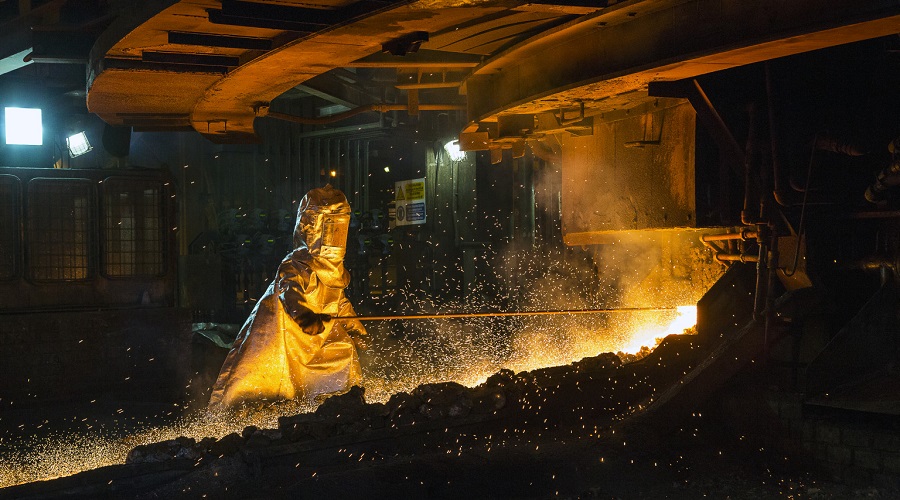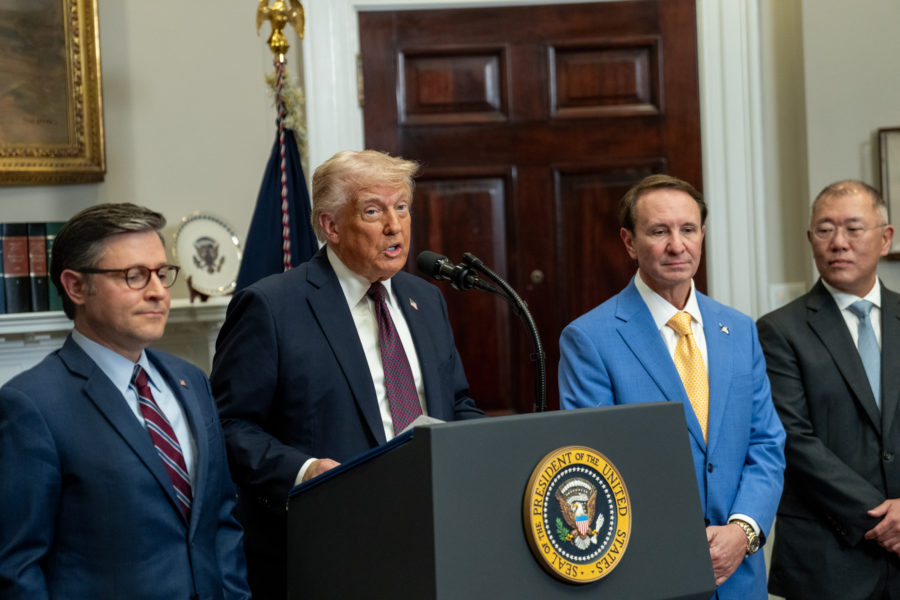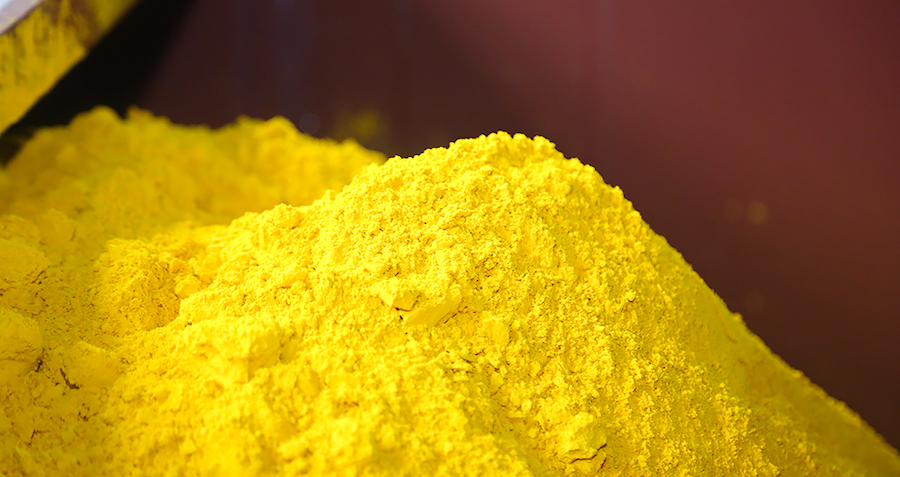Home: Indonesia’s nickel boom is a win for resource nationalism

(The opinions expressed here are those of the author, Andy Home, a columnist for Reuters.)
Indonesia has emerged as the world’s dominant producer of nickel over the last 10 years.
Mined production last year was 771,000 tonnes, twice as much as the world’s second largest producer the Philippines and accounting for almost a third of global output, according to the International Nickel Study Group (INSG).
It is only going to grow further as investment, particularly from China, floods into Indonesia’s nickel sector.
National output could exceed a million tonnes this year and, according to Macquarie Commodity Strategy consultant Jim Lennon, will reach more than 2.5 million tonnes by the end of the decade, at which point it will have exceeded last year’s global production.
This Indonesian nickel boom, which has already morphed into a stainless steel boom and may soon become a battery-materials boom, is the result of a ban on the export of unprocessed ore.
It has been a startlingly successful policy of resource nationalism and one that other mineral producing nations will have noted. It is also illegal, according to the European Union, which is escalating a trade dispute at the World Trade Organization (WTO).
Indonesia has vowed it is “ready to fight” the challenge in what is shaping up to be a test-case of a country’s rights over its own resources.
However, on the ground Indonesia has already won.
The growth of a giant
Indonesia’s nickel sector at the turn of the century comprised just two operators – state-owned Antam and what is now PT Vale – producing around 200,000 tonnes per year in the form of matte and ferronickel.
The first catalyst for the current production bonanza had nothing to do with Indonesian resource policy.
Rather, the price boom of the mid 2000s, culminating in a London Metal Exchange peak of $51,800 per tonne in 2007, led Chinese stainless steel mills to embrace a lower-cost process of using nickel ore to produce nickel pig iron (NPI) which could be fed into the stainless melt.
Indonesia quickly emerged as the primary supplier of that ore, with exports to China rising from just 161,000 tonnes bulk weight in 2006 to 41 million tonnes in 2014.
Which is when the government first imposed its ban on the export of unprocessed minerals, particularly nickel.
The export window opened a little in 2017 but firmly shut again last year.
The ban was explicitly intended to force nickel ore miners to invest in value-add processing. The impact, as Macquarie notes, has been “profound”.
The first investment wave came as Chinese NPI operators offshored to Indonesia, which is now a larger producer of nickel in this form than China itself.
China’s Tsingshan led the second wave, building out new stainless steel capacity fed by the new NPI furnaces.
The third and current wave is being driven by fast-growing demand for nickel to feed the electric vehicle revolution as a lengthening list of investors bet they can convert Indonesia’s plentiful ore into battery-grade nickel.
Showdown with the EU
From the Indonesian government’s perspective the nickel ore ban has been an outstanding success in terms of capturing mineral value.
“Even though nickel volumes have yet to surpass the highest levels of 2013, export revenues are now more than triple those of 2013 due to the move in exports up the value chain, specially into the production of nickel-containing stainless steel,” according to Lennon. (“Commodities Comment: Indonesia update: more and more nickel”, May 27, 2021).
It’s that low-cost stainless steel that has angered the European Union.
The EU has already imposed duties on hot-rolled flat stainless steel from Indonesia and is now investigating cold-rolled products.
But, more fundamentally, the bloc claims that Indonesia’s ore ban is both illegal in its own right and amounts to an “unfair” subsidy to its stainless steel operators.
“The fact is that no WTO member is permitted to restrict exports of raw materials in this way, imposing illegal restrictions to favour domestic producers,” said EU Trade Commissioner Valdis Dombrovskis.
The EU is now requesting the WTO form a panel to officially arbitrate the dispute.
Indonesia shows no signs of being intimidated, pitching the coming battle as a case of the developed world inhibiting developing countries’ rights to guide their own resource policy.
“These efforts remind us of a time when the exploitation of natural resources was not for the benefit of the owners of natural resources themselves,” was the pugnacious response from Indonesia’s trade minister Muhammad Lutfi.
Unstoppable
The WTO adjudication process can be a long and winding road and whatever the outcome, nothing is now going to stop Indonesia’s increasing dominance of the nickel supply chain.
Even if the WTO finds against Indonesia and rules it must drop the export ban, the country’s downstream processing sector is evolving so fast that there will be no need to export nickel ore anyway.
“The pace at which new capacity is being built is staggering,” according to Macquarie’s Lennon.
NPI capacity is set to rise to two million tonnes per year by the end of 2023, while the bank has identified eight projects with cumulative annual capacity of 450,000 tonnes looking to go down the battery-grade processing route.
“Based on further expansions that could be announced… there is more upside than downside to our forecast” that Indonesian production could hit 2.5 million tonnes as early as 2028, Lennon said.
That is obviously significant for the nickel market, although Lennon’s view is that the world is going to need all this material if it is to decarbonise.
But it may be more significant for global resource politics.
Indonesia’s nickel success may not be easily replicated. The country has yet to entice value-add investment into its copper sector, where a planned new smelter has long been discussed but is yet to take tangible form.
Moreover, Indonesia benefitted from the good fortune of China’s stainless steel sector rediscovering a processing route that had decades previously been rejected by Western producers as too high cost.
Without China’s need for nickel ore, Indonesia would have had little or no leverage over the NPI operators who formed the first investment wave.
But there will be no shortage of other resource-rich countries looking enviously at Indonesia’s nickel experiment.
It will add a new layer of political complexity to developed nations’ ambitions to cut their minerals import dependency.
(Editing by Kirsten Donovan)
More News
Copper price hits record high as Trump tariff risks fuel rally
Copper hit $11,452 per tonne on Comex in New York on Tuesday, surpassing last year’s record.
March 25, 2025 | 08:01 am
Boom in uranium stocks fizzles as Ukraine ceasefire talks build
The price of uranium is now down more than a third from early 2024.
March 25, 2025 | 07:13 am
{{ commodity.name }}
{{ post.title }}
{{ post.excerpt }}
{{ post.date }}



Comments